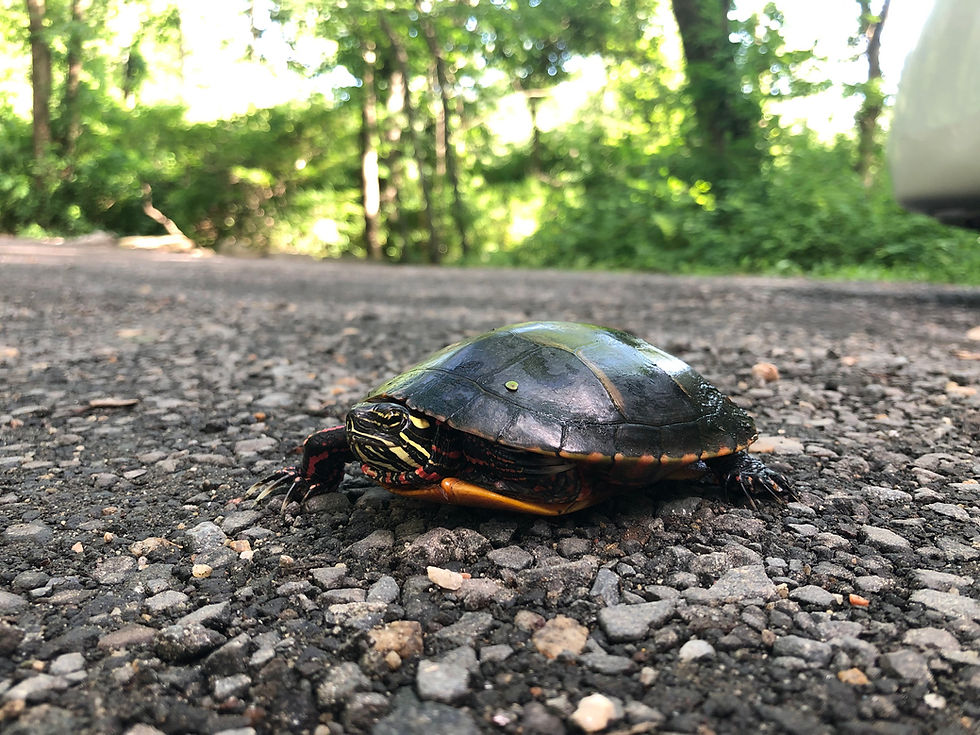What's Happening to the American Beech?

By Tommy McCarthy, Environmental Educator
To say that the American Beech is ecologically important would be an understatement. These deciduous trees make up over 80% of eastern forests, and the beech nuts they drop provide food for a wide range of the wildlife that inhabits them. If you don’t know the next thing about tree identification, the easiest way to discern beech trees would probably be by knowing that they are the smooth-barked trees that people commonly carve their initials into. If you spend any significant amount of time hiking in New England, you have passed by countless Beech trees – but have you noticed what’s been happening to them recently?
Beech leaf disease was first discovered in Ohio in 2012, but it did not stay confined for long. In 2019, the first case was recorded in Connecticut, and in 2022 it has been observed in seven of the eight counties in the state. The appearance of the leaves is what gives it away - typically a uniform green, the infected trees show bands of dark green, yellow, or brown in between the veins of the leaves, causing them to have a striped appearance. In the worst cases, the leaves shrivel up and drop prematurely. Unfortunately, abundant examples of the disease can be seen along our trails at Woodcock Nature Center. What the long term effects will be on American Beech trees and eastern forests as a whole is not entirely clear, and it was only recently discovered that the disease is caused by a species of parasitic nematode – a microorganism living in the leaves. Scientists aren’t yet sure where it came from or how it was able to spread, but many plant pathogens can be traced back to invasive species, and so that is being considered as a possibility.
One notable example of such a pathogen being introduced via a non-native species would be the Chestnut Blight – a fungus which was traced back to the sale of Japanese Chestnut trees here in America. The disease was first observed in 1904, and by around 1925, it had all but wiped out the American Chestnut as it was once known. These straight-grained, rot-resistant trees were ecologically and economically important, but reliance on them became an impossibility once the blight spread and ended up infecting and eventually killing the majority of the population. Today, American Chestnut root systems still exist and saplings do continually spring up and begin to grow, but the trees are unable to reach maturity, only surviving for 5-10 years before they are killed by the blight. Work to create a blight-resistant version of the tree is being done by scientists at the American Chestnut Foundation, an organization whose goal is to restore the species.
While we don’t yet know the full story behind the issues we are now seeing in the American Beech, it is frustrating to consider that invasive plants continue to be imported and sold given the existence of such a strong cautionary tale. Hopefully, the Beech Leaf Disease will not prove to be as devastating – but it should serve as a reminder that we cannot take the balance of our ecosystems for granted.





